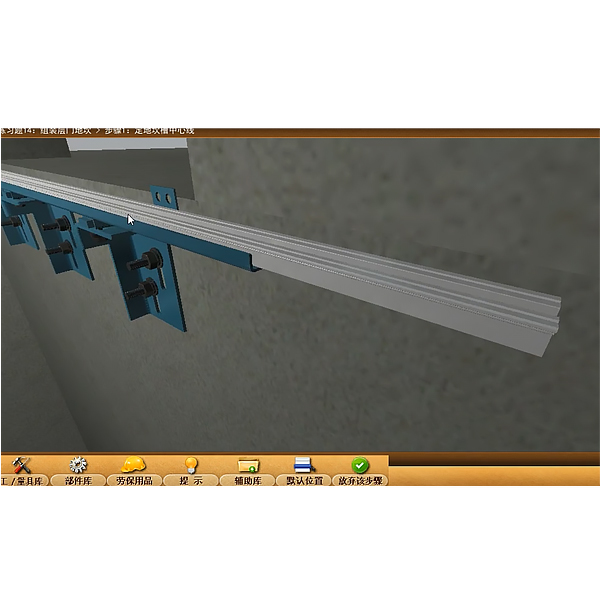
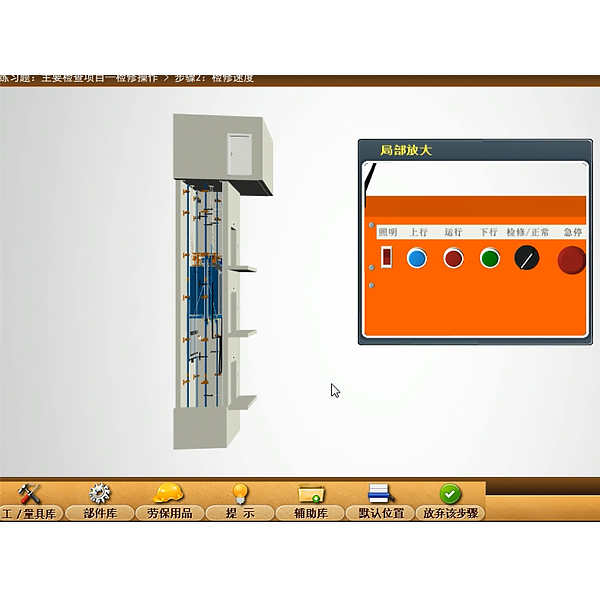
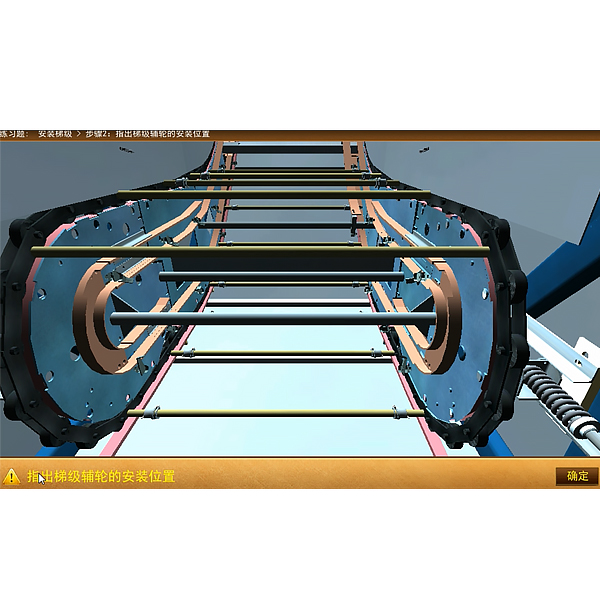
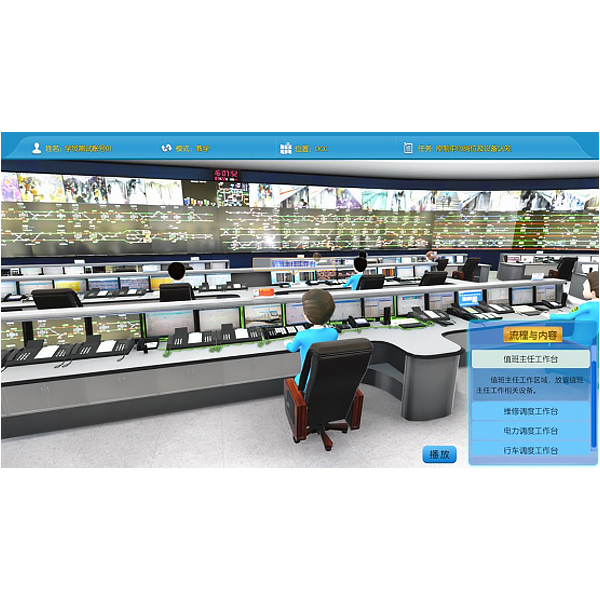
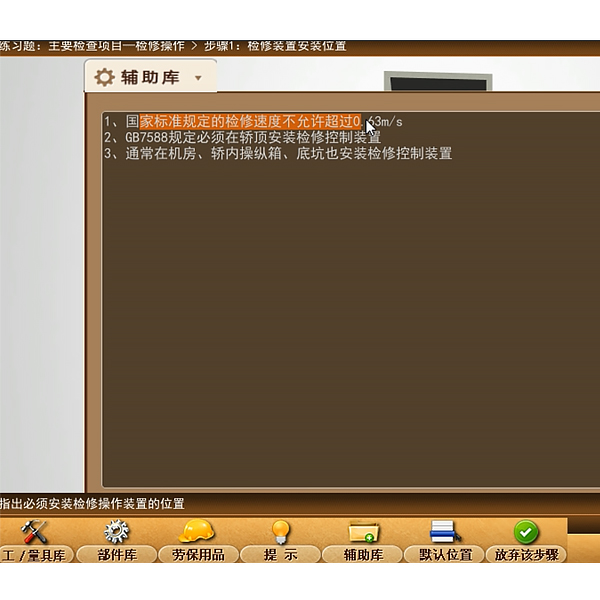
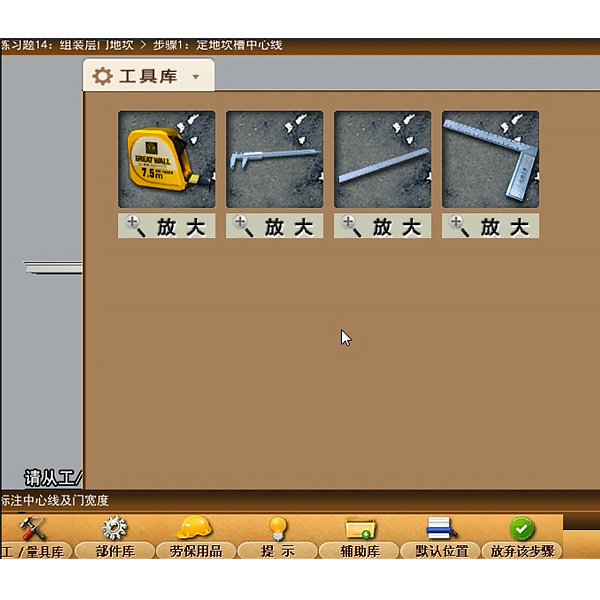
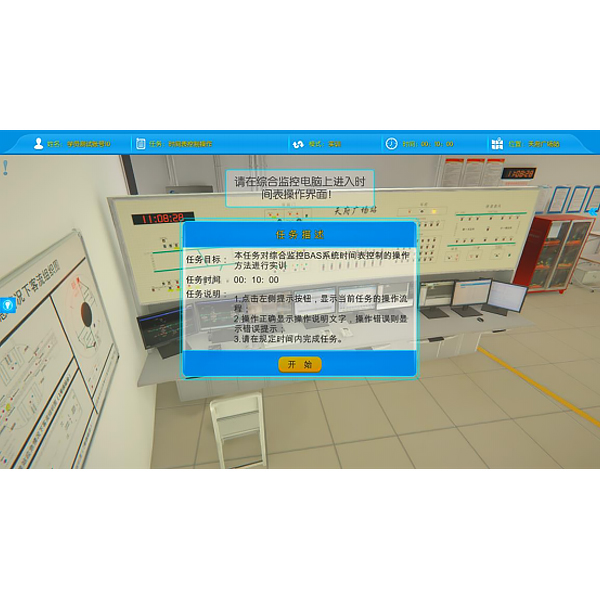
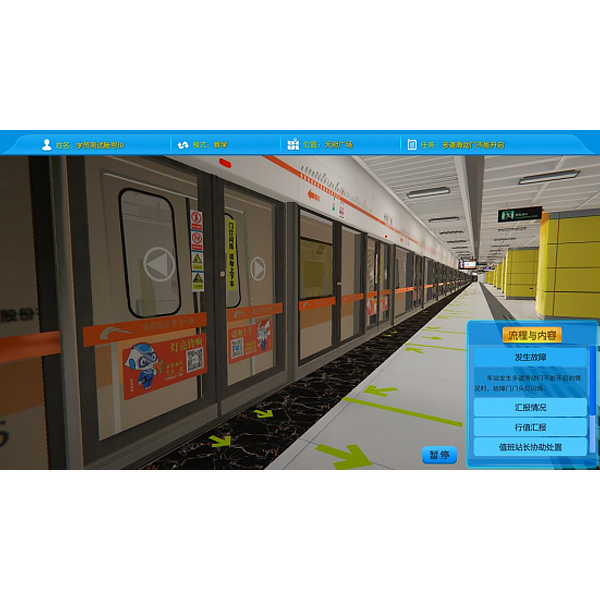
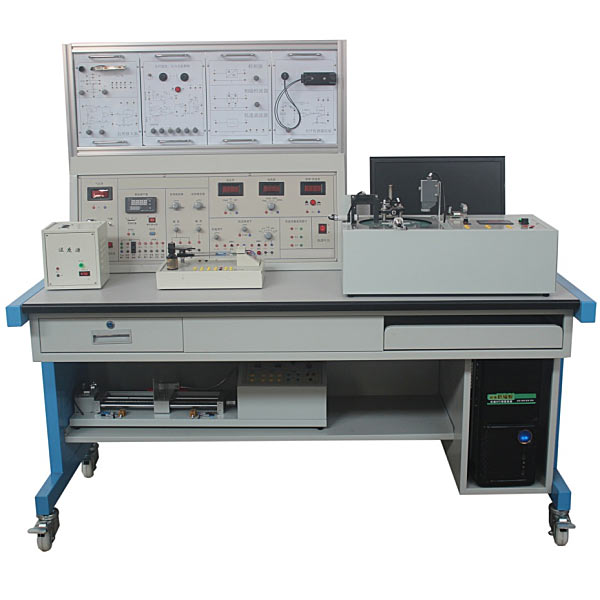



| name | model | quantity |
| Micro Turbine Flow Meter | LWGY-10A | 1 |
| Pressure Transmitters | PT311B-5K233 | 1 |
| RS485/RS232 converter | 1 | |
| Micro st*nless steel water tank | 1 | |
| Micro plexiglass experimental water tank | 1 | |
| The electromagnetic valve | 1 | |
| Manual valve | 1 | |
| Micro magnetic pump | 1 | |
| controller | 4 analog inputs 4 analog outputs | 1 |
| project | Technical specification description | project | Technical specification description |
| Linear motion stroke | 400mm | DC | |
| Maximum movement speed | 4m/min | Dimensions | 480mm╳230mm╳230mm |
| Repeatability | ±0.03mm | weight | <15kg |
| serial number | name | Specifications and m*n technical parameters |
| 1 | Digital grating ruler | Grating pitch: 0.02mm (50 lines/mm); Accuracy: +3mm, +5mm, +10mm; Range: 70~2640mm; Maximum moving speed: 60, 120m/min; Cable length: 3m |
| 2 | Analog ultrasonic displacement sensor | Measuring range: 3cm to 3.35m; voltage: 5Vdc+/-10%; current: 30mA; maximum: 35mA; echo pulse: positive TTL pulse, from 115uS to 18.5mS; |
| 3 | limit switch | Detection distance Sn: 1~20mm; Working distance Sr: Sn×80%; Working temperature: -25~+70℃; Working voltage: DC12V; Response frequency: 300Hz |
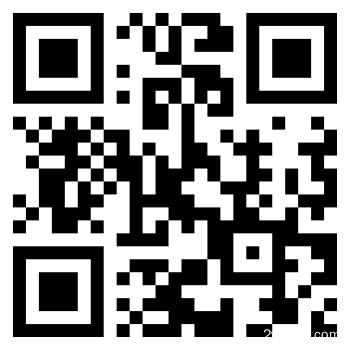 Wechat scan code follow us
Wechat scan code follow us

24-hour hotline+86 18916464525

Phone18916464525
ADD:Factory 414, District A, No. 6, Chongnan Road, Songjiang Science and Technology Park, Shanghai ICP: Sitemap